1. Pathophysiology
1.1. Defined as haemorrhage in the absence of trauma or surgery
1.2. Most deadly and disabling of all the strokes
1.3. Around 10-15% of stroke subset
1.4. Risk factors
1.4.1. History of hypertension
1.4.1.1. Uncontrolled HTN most important risk factor
1.4.2. Age
1.4.3. History of heavy ETOH use
1.4.4. Methamphetamine or cocaine use
2. Presentation
2.1. 15-23% have neurological decline in the first hours
2.2. Common symptoms/signs
2.2.1. Decreased level of consciousness
2.2.2. Vomiting
2.2.3. Severe headache
3. Differiential diagnosis
3.1. Subdural
3.2. Extradural
3.3. Subarachnoid
4. Investigations
4.1. CT head
4.1.1. Location
4.1.2. Extension
4.1.3. Complications
4.1.4. Size
4.1.4.1. ABC/2
4.2. CT angiogram
4.2.1. Vascular abnormalities
4.2.2. Spot sign
4.2.2.1. Ongoing bleeding
4.3. MRI
4.3.1. Delayed scan as no advantage in acute
4.3.2. Aetiology
4.3.2.1. CAA
4.3.2.2. Cavenoma
4.3.2.3. Tumour
4.4. Blood pressure monitoring
5. Acute Management
5.1. Airway protection
5.1.1. "Less than 8 INTUBATE"
5.2. Blood pressure control
5.2.1. Early aggressive control within 6 hours to <140 mmHg
5.2.2. Studies
5.2.2.1. INTERACT-2
5.2.2.2. ATACH2
5.3. Coagulopathy reversal
5.3.1. Warfarin
5.3.2. Dabigatran
5.3.3. Other NOACs
5.4. Decision if Surgical intervention
5.4.1. Ventriculostomy
5.4.2. Evacuation of haematoma
6. Complications
6.1. Seizures
6.2. Hyperglycaemia
6.3. DVT
6.3.1. IPC stockings
6.3.2. LMWH
